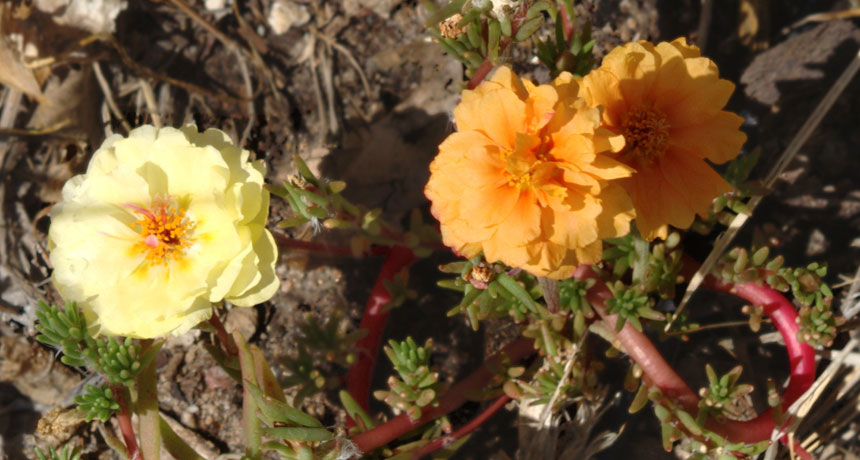Scientists Say: Mutation
This change in an organism’s DNA can alter its appearance or function

A mutation, or change in this plant’s DNA, caused it to grow flowers of two different colors.
Adapted by B. Brookshire, from JerryFriedman/Wikimedia Commons (CCP-BY-SA-3.0)







